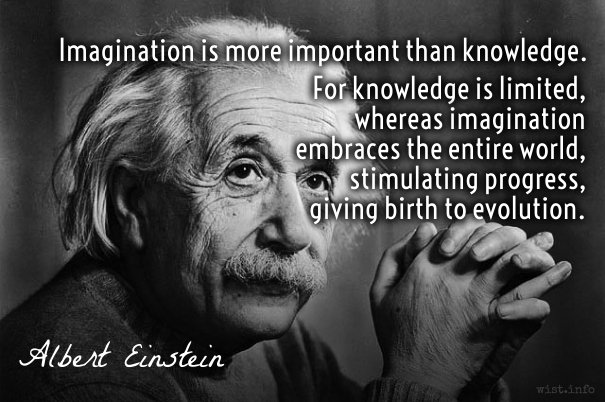Wow! What an intense night. It was a blast! I loved starting the class of with a good ol' round of collegial debates. I am very happy with the team work atmosphere from Erin and Jeremy, they were amazing to work with and made the process smooth. Each of us brought our strengths and confidences to the collaboration and we pulled out the W for the night!
I loved that we stared off our debate supporting how technology enhances learning within the classroom with our own slice of blended learning from the video that we... (Jeremy, that type of thing takes some serious time) put together.
Through this process I found what worked best was using technology to help aid each other in finding ways to enhance our arguments through utilizing a shared document that each of us added to on an ongoing basis throughout the week. We did have a chance to sit down and meet about how we wanted to create our opening statement and attack the rebuttal/conclusion, but this easily could have been done via Skype/Zoom and we could have been on the opposite sides of the planet which is amazing.
In any good debate we felt it necessary to not only focus on what our side wanted to argue but also to figure out what the opposite side was going to come at us with.
Our arguments were supposed to be simple in the fact that the tools that are now available give an opportunity to:
1- Increasing
student engagement through appropriate media/tools
2- Increased
collaboration (between teacher and students, between peers, and connect globally
with others)
3 - Aid students
with learning difficulties such as LD and EAL learners
4 - Breaks down
geographical barriers (distance learning for individuals from remote
communities)
5 - Aid in individualized learning programs
6 - Provides
opportunities for individuals who are uncomfortable sharing face-to-face
7 - Supporting the
students to be creators of knowledge not only lecture style learners,
which is a paradigm shift from read-only structure to read-write style of
learning
8 - Utilizing up
to date knowledge coming from open source resources implying students are able
to learn from the most recent and up to date information
9 - Teaching
students to create a positive/beneficial digital presence
We knew that Steve, Kayla and Chalyn were going to give it their all and come after us with some very strong points. I feel they did an amazing job in a very difficult situation given that all of us taking this course obviously have a bias towards digital literacy and are openly looking for ways to increase our digital footprint within our respective classrooms.
We knew that they would be coming after us on a few points.
1 - Financial side of technology
2 - Distraction within the classroom
3 - Multitasking
4 - Replacing teachers with technology
5 - Infrastructure
What shocked me were their numbers and efficiency of how they were able to manipulate and demonstrate their knowledge of our own city and what the boards are spending their money on. Before I had a chance I had a text from Jeremy stating that they way Kayla ran the numbers and proving that the amount Regina Public Schools spends on tech they could be employing between 70-100 more teachers was a HUGE point! Along with Steve's comments about training and how teachers are expected to utilize technology with very little training. I see this every day within my own collaboration team. I am the constant go to for some people and I feel that most of the time it is a learning curve that many people simply do not want to work to overcome, due to whatever reason.
When breaking down each argument and looking at others posts I really enjoyed Ian Temples comment on comparing himself and the SAMR model. He effectively demonstrates the struggle that I have gone through trying to introduce technology into my classroom, through citing Doris Wells-Papanek's article The Purposeful Integration of 'Technology' into Teaching and Learning Best Practices, whether it be in an impoverished community or an affluent one you need to be utilizing strong teaching practices if you want the learning to be meaningful.
Which in my mind only reinforces the concept, that good teachers will do what it takes to captivate their students and find ways to develop the learning for each one.
When we were preparing arguments for how we would refute the financial cost of technology I wanted to discuss capitalism and what is wrong with utilizing outside funding/partnership with private companies to enhance the learning environments. I think about schools in Germany that are funded by BMW or Mercedes and these students there are working on the most up to date technology and learning how to run the machines, design the different parts, or develop software for these different companies. What is wrong with that avenue of funding to help give every student the opportunity to learn with the best technology.
This also leads me to think of Regina Public Schools Campus Regina and how they are partnered with different Crowns such as SaskPower/SaskTel or private business' such as Fries Tallman Lumber or Capital Auto Mall. Why are we not using more of these opportunities within our school systems to help cover the costs?
What is wrong with capitalism and partnering with private companies and education? If there is a lack of funding from the government why not look for outside sources of revenue?

No comments:
Post a Comment